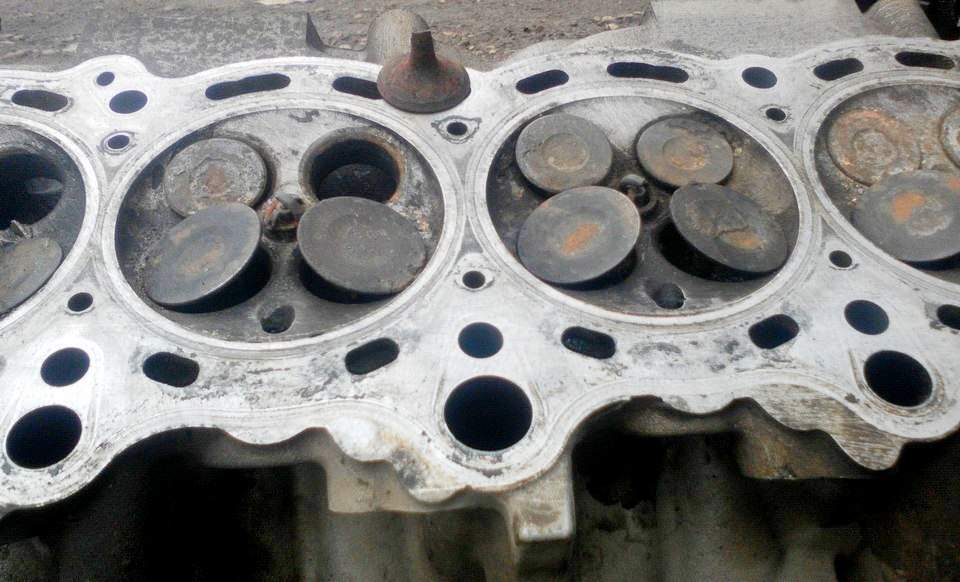
Bent valves and other common problems after a broken timing belt
Ignoring the timing belt can be costly. Timing belts don't often break, but when they do, it can damage pistons, destroy cylinder heads, and damage engine valves. Probably when you think about your engine, you...
Ignoring the timing belt can be costly. Timing belts don't often break, but when they do, it can damage pistons, destroy cylinder heads, and damage engine valves.
You probably think of valves and pistons when you think about your engine, but think little about what keeps them in good working order. Let's face it - there is nothing more important than a timing belt. It drives the camshaft, which provides valve timing, and the crankshaft, which controls the pistons. Your timing belt tells the pistons when to rise and fall, and the valves when to open and close.
How to tell if your timing belt is bad
Timing belts don't often warn you that they're about to break - they can squeak or chirp, or they can just suddenly break. More often, however, damage occurs due to timing belt wear. You can do a visual inspection to see if there are any cracks, glaze, missing teeth, or oil contamination. Or you can have a mechanic check the belt for you. Most car manufacturers also recommend timing belt replacement as part of a routine maintenance, replacing it every 60,000 miles. Some belts are good for up to 100,000, XNUMX miles. If in doubt, refer to the owner's manual or contact your dealer or mechanic.
Interference and non-interference engines
The level of damage caused by a broken timing belt may depend on the type of engine in your vehicle. The engine provides clearance between the valves and pistons without interference, so if the timing belt breaks, you can end up with bent valves and you may need to rebuild the cylinder heads, but the engine is unlikely to be destroyed.
However, in an interference engine (and about 70% of vehicles on the road today have this type of engine), the pistons and valves move within the cylinder, but not at the same time. Pistons and valves "own" the cylinder at different times. But here's the thing - the period of time between "possession" can be less than a second. If the timing is off, be it less than a second, there is nothing to stop the pistons and cylinders from colliding. This throws the connecting rods off and they begin to poke holes in the cylinder block. As a result, the engine will simply crack in half, and it will be impossible to fix it.
Now you know about the disastrous consequences of neglecting a timing belt - damage to valves and engine pistons, bent valves, cylinder heads that need to be rebuilt or replaced, and possibly even complete destruction of the engine. If you don't want those dollar signs to add up, check the timing belt regularly and have a mechanic replace it in time.
